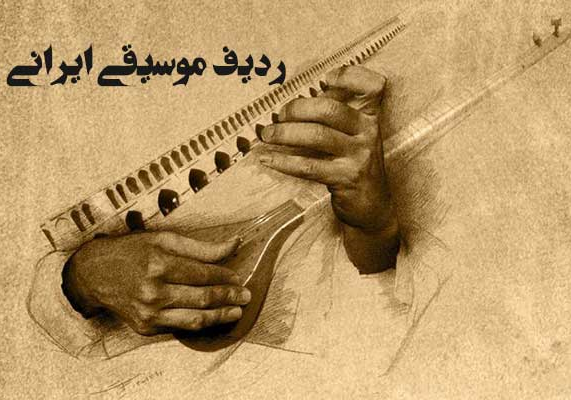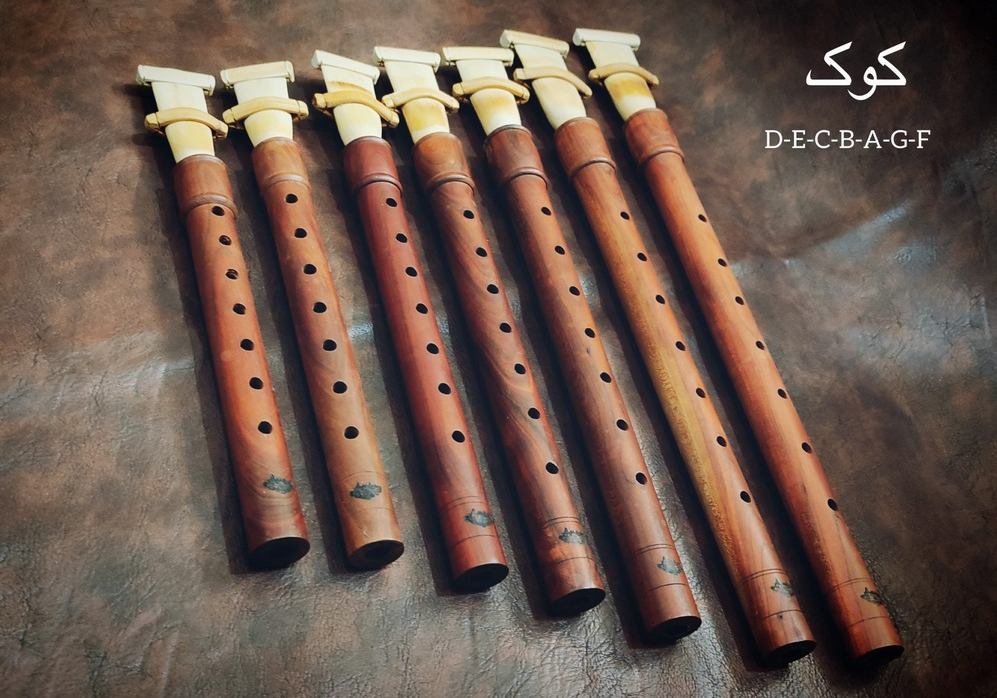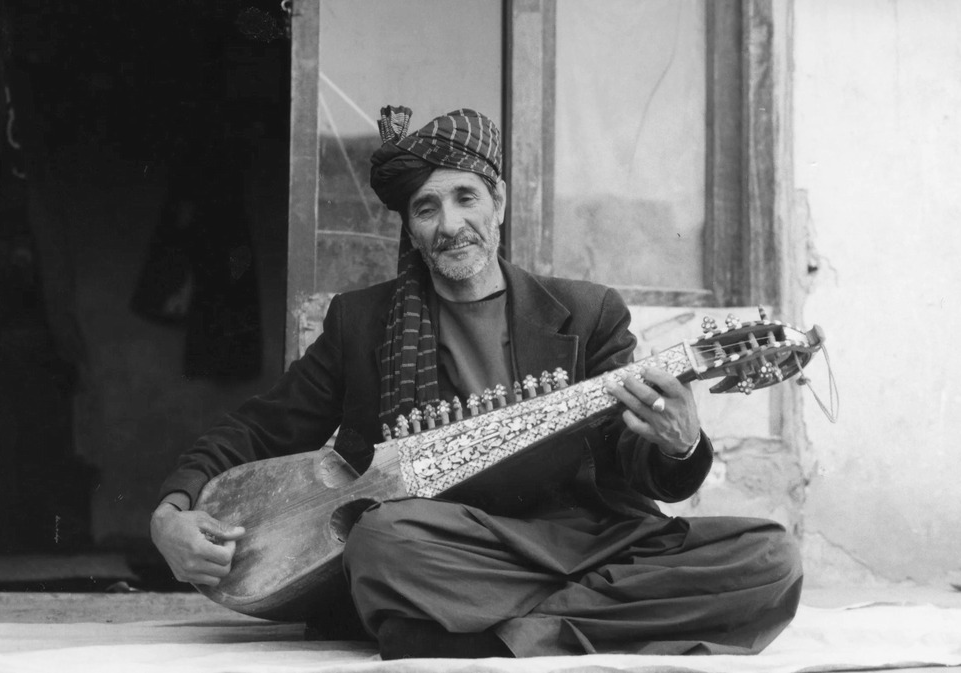
Azari Music
Azari Music
Different Iranian ethnic groups and cultures have their own different types of music, each of which expresses hidden realities about the particular spirit and lifestyle of that region. Azari music is known as one of the richest types of music in Iran, which is closely related to the music of the northern and northwestern regions of Iran and countries such as the Republic of Azerbaijan and Türkiye.
History and Characteristics of Azari Music
There are different views about the history of Azari music in Iran, believing its longevity to date back to at least five thousand years ago. Throughout history, Azari music in Iran has evolved and become diverse, and the types of equipment used in it have also evolved. The richness of this music is directly connected with the customs and lifestyle of the people of Azarbaijan.
In spite of the fact that traditional Persian music has more of a mystical aspect, the epic is one of the main themes of Azari music. Of course, as a result of interaction with traditional Persian music, the Azari music of Iran has become more inclined towards mystical themes in recent eras. The possibilities of Azari music are so wide that it can be played and evoke emotions in the best way in both sad and happy events. Innovativeness and improvisation are some of the main factors that have evolved in Azari music throughout history, and Ashiqs have played a special role in it.
Different Styles of Azari Music
Technically speaking, Azari music is performed in two types, “Ashiqi” and “Muqam”. But in a general classification, Iranian Azari music can be divided into Ashiqi (singing), national and solemn songs, mourning and religious music, work and daily effort music, wedding music, and Azari dance. These five categories are performed in almost all Azari-speaking parts of Iran, although there may be some differences in terms of their performance.
Ashiqi Music, the Identity of Azari Music
The Ashiqs of Azarbaijan are the most important artists of Azari music who express people’s thoughts and wishes in their performances. They usually learn to play musical instruments and how to sing from their fathers, and face-to-face training, listening, and memorizing are the most important elements of their training. Ashiqi poems are composed in syllabic scales and have mystical and epic themes.
Ashiqi music has a long history. This music reached its peak with the coming to power of the Safavid dynasty (16th century AD). In the course of their performance, the Ashiqs narrate some traditional stories and poems, but improvisation is one of the main pillars of their performances.
Azari Muqami Music
Azari music has its own muqams, the independence of which from Persian music has been preserved throughout history; although technically it can be considered parallel to Iranian dastgahi music and Arabic and Turkish muqami music. The existence of certain dastgahs such as shur in both styles of Azari and dastgahi music are some of the similarities that reflect the interaction between Persian and Azari music artists and has greatly contributed to the development of both types.
Group and rhythmic performances within the context of Azari muqami music have received much attention in the past one century and have created significant works. The seven main muqams are Rast, Segah, Shur - which are more prevalent- Shushtar, Bayat-e Shiraz, Chahargah, Homayun, and three subsidiary muqams of Saranj, Shahnaz, and a type of Chahargah, each of which is used to convey a specific theme and emotion. In addition to this, there are also 9 Zarb muqams: Hayarati, Arasbari, Sama’-e Shams, Mansouriyeh, Mani, Ushari, Heydari, Shekasteh Qarabagh and Shekasteh Qasameh.
There are different views about the history of Azari music in Iran, believing its longevity to date back to at least five thousand years ago.
| Name | Azari Music |
| Country | Iran |
| Works | folk music |
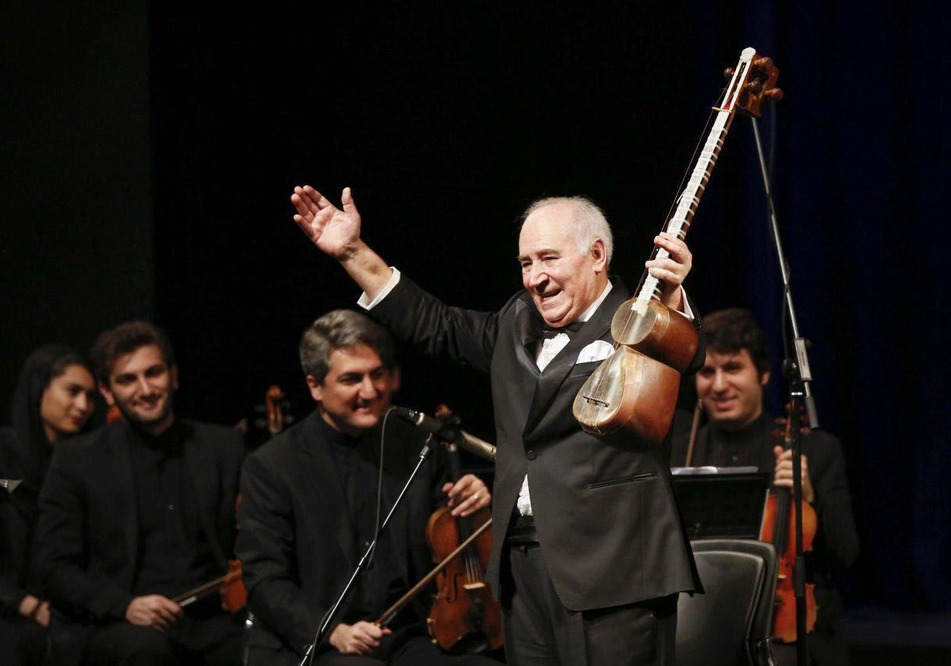
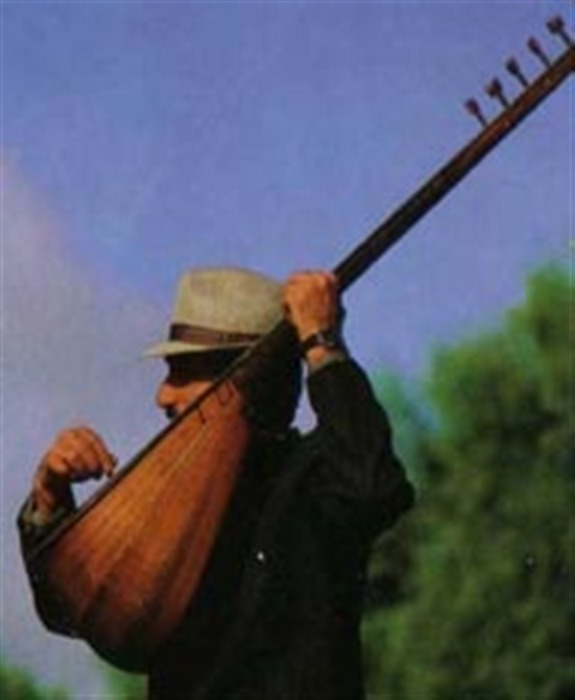
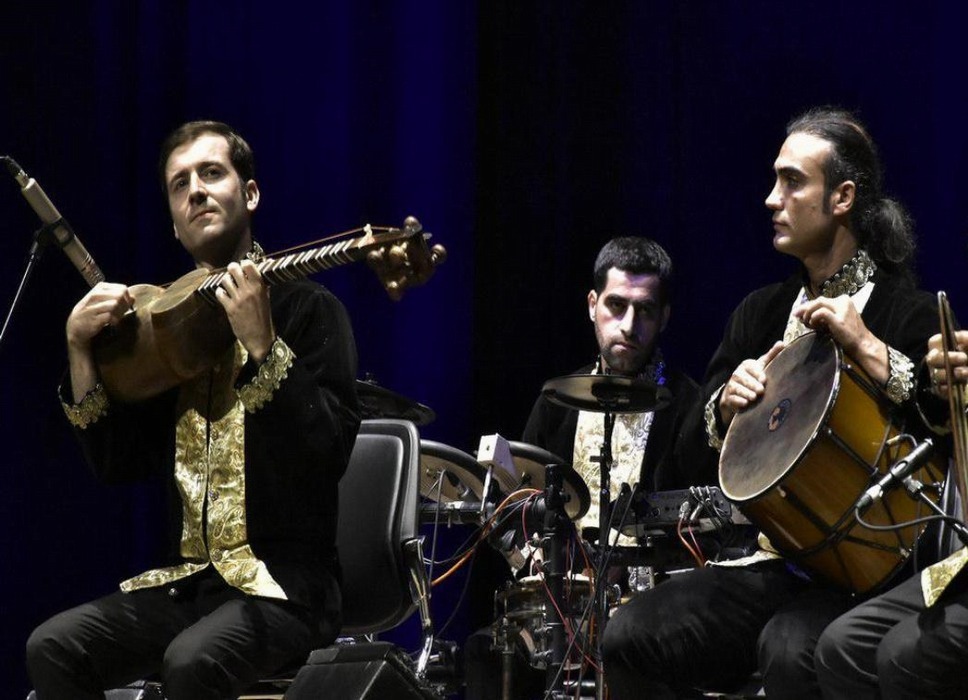



Choose blindless
Red blindless Green blindless Blue blindless Red hard to see Green hard to see Blue hard to see Monochrome Special MonochromeFont size change:
Change word spacing:
Change line height:
Change mouse type:
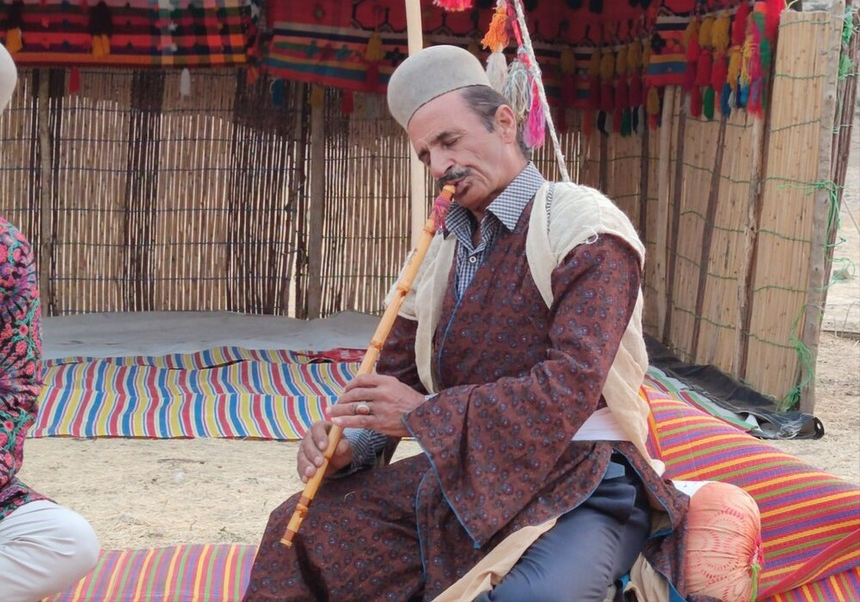
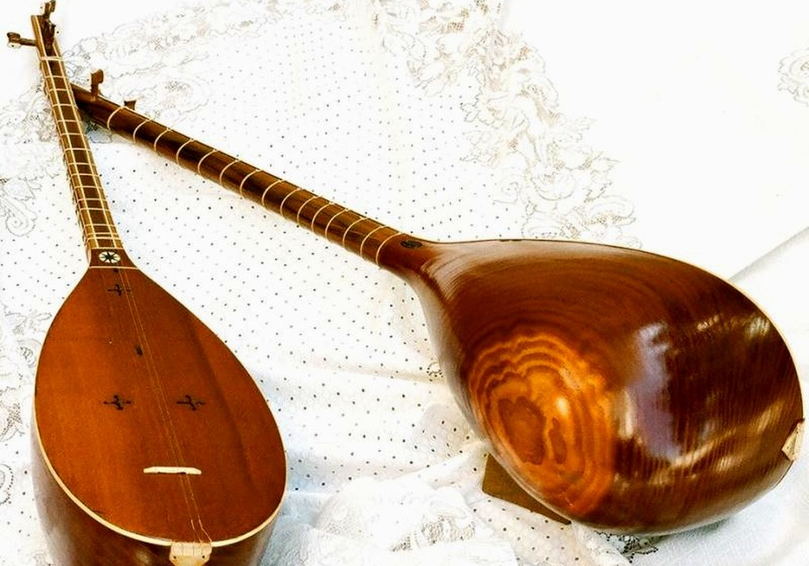

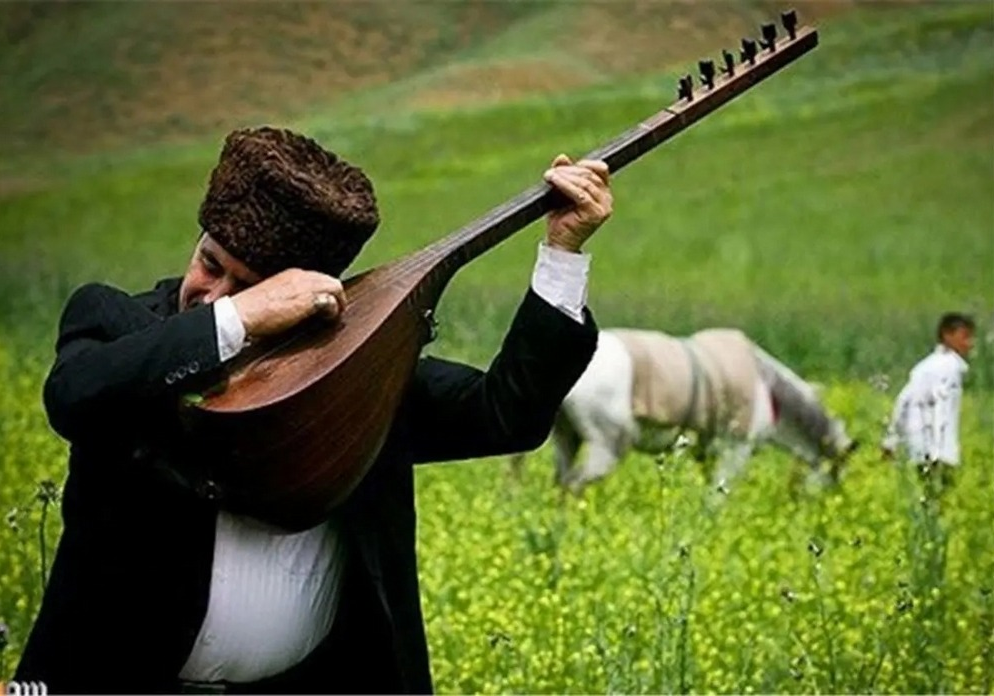
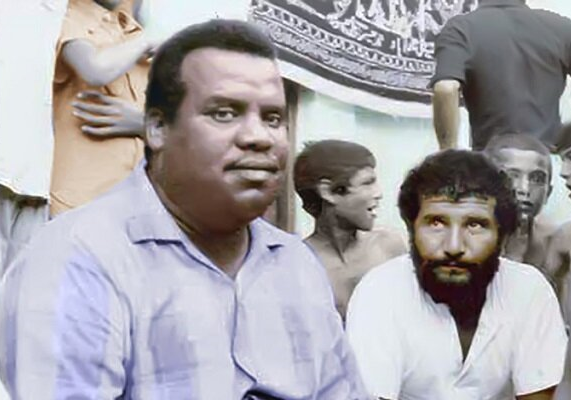


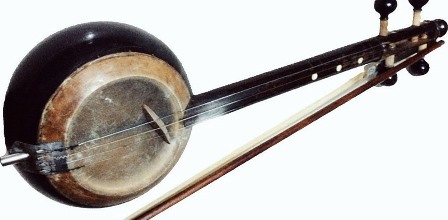
.jpg)


